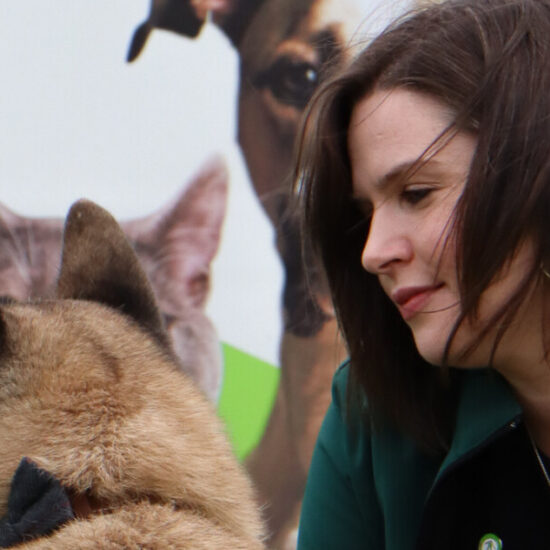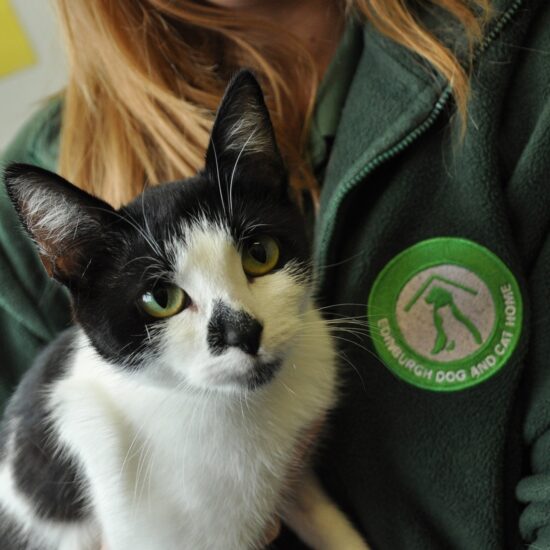*Would you prefer to hear an audio version? Click the arrow on the above left!*
Working with over a hundred charities, we frequently see donor acquisition as a primary fundraising strategy. And while this is an incredibly important area of activity, we suggest that donor reactivation is an easier (and less expensive) way of donor development.
Donor reactivation is reliant on trust – the donor is familiar with the charity, they have supported it, they have ‘bought into’ the ethos and campaigns before. And their lapse in support can be for a wide range of reasons – from financial constraints (and this was of course very common during lockdown) to moving bank accounts, to simply forgetting or changing their mind. But more often than not, donors are still very willing to support, they just need a nudge.
And that nudge can come in many forms; by email, direct mail, SMS or social media – or a combination of any these. But none of these channels allows for interaction – and it’s the human touch of a phone call which is often exactly what is needed to connect and reignite support.
Plus, a telephone call to lapsed donors brings other benefits:
– A conversation allows for more flexibility than any other approach. Quite often a donor will want to support, but may be interested in a different product. So if RG is not for them, perhaps a weekly lottery play will suit them better. Or if a donor is unable to support currently, perhaps they might be interested in receiving information about a gift in their will – potentially converting them to a legacy enquirer.
– Unlike other channels, a telephone conversation can be very useful for collecting insights from donors – their opinions, impressions, motivations and reasons for the lapse. This can help the client develop more focused messaging or campaigning, and refine overall approach.
– It presents the chance to update donors on recent developments and reinforce key messages – this is so important with the impact of the pandemic still being felt – providing an overview of recent successes and challenges are excellent engagement techniques.
– You can include a Gift Aid ask as part of the call, useful even if the donor is not reactivating –and you can backdate the GA claim on previous donations.
– If finance has been a key factor in the lapse in support, it’s the ideal opportunity for a discussion about returning on a decreased financial commitment (equally we’ve seen donors increase their contribution!) or it might be the way in which they support (moving from a cash reactivation to a direct debit, for example).
– Some charities might decide to provide a special offer – an incentive such as 12 months for the price of 10. It isn’t always necessary, but it’s a nice way of saying thank you for coming back.
So what sort of success might you expect to see with a TM reactivation campaign? We chatted to Gillian Graham, Legacy and Individual Giving Manager at Edinburgh Dog and Cat Home about their recent experience of a reactivation campaign:
“Back in August, we ran our first reactivation campaign with just under 1500 prospects. We were very excited to work on this with the support of QTS and had set a number of objectives. Since it was our first time doing this, we wanted to take the opportunity to thank former supporters for their interest and generosity previously shown. Secondly, to see whether they were in a position to consider reactivating their regular donation, with a drop ask, and a final ask of a one-off donation. We were also careful to record the reasons for refusal, to see what we could learn from this. And as part of the call, we took the chance to cover Gift Aid and check their contact preferences remained.”
“Collaborating with QTS, we achieved a reactivation rate of nearly 15%, generating income of just over £4K for one year. We were delighted with this fantastic result as well as the generous one off donations that were achieved as part of the calling campaign. Working with QTS was easy; we were pleased and impressed that the set up and calling went so smoothly. We have worked with them on a number of calling campaigns throughout 2021 and cannot fault them. We also felt the calling team really understood our cause and represented us professionally, which resulted in a great all-round donor experience. The team at QTS always go the extra mile to ensure all bases are covered and communication is consistent throughout.”
We really enjoyed working with Edinburgh Dog and Cat Home on this campaign and are delighted to be working on follow up activity with them.
If you are considering reactivation for your fundraising strategy – then read on for our top tips:
– Timing is crucial. Ideally you want to contact the lapsed donor within a month – to demonstrate that you really care about and value their support and you’d really like them to continue if possible. This is why so many of our clients have a rolling reactivation programme.
– If donors have cancelled due to a lack of interest, and they’ve made their intention very clear, don’t include them in your data selection. Nor should you include donors who have made fewer than 3 payments – they are very unlikely to be committed to reactivating.
– Keep on top of your data – if a lapsed donor has previously received a reactivation call, then make sure this is recorded on their file – you really don’t want to be contacting them for a second time.
Would you like to chat your reactivation plans through? Then get in touch, we’d love to help.




